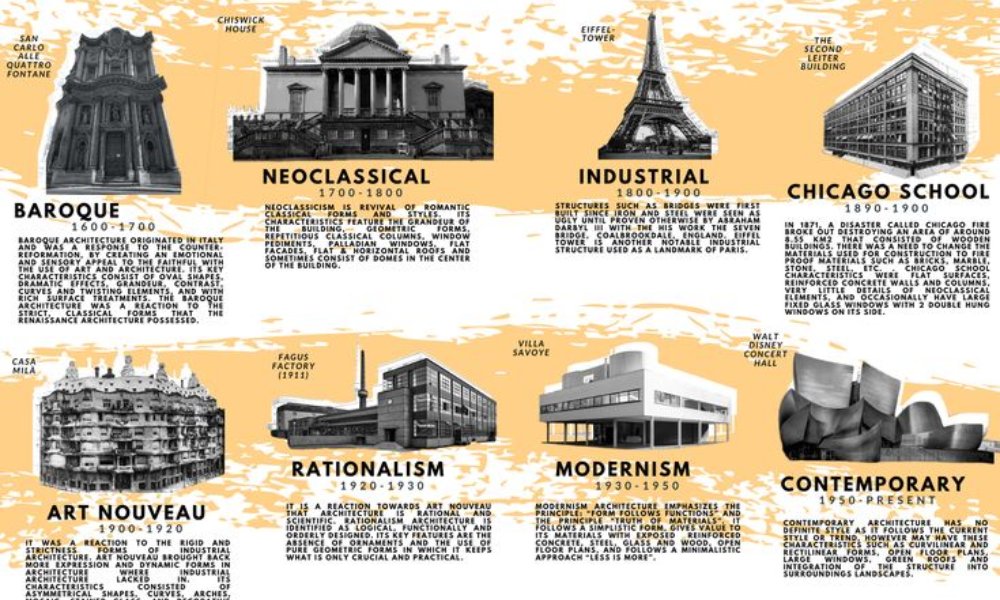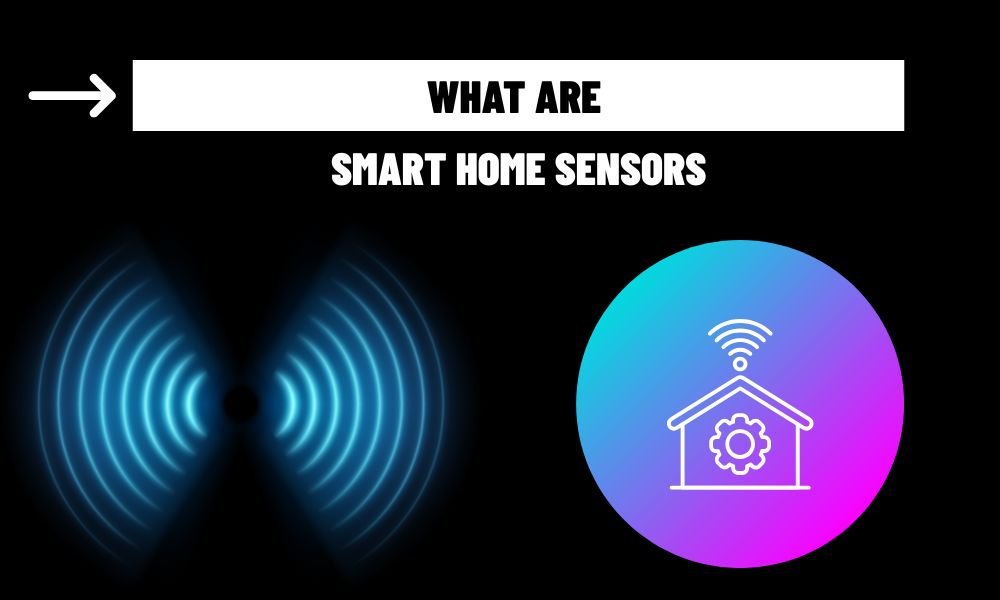Understanding architecture trends history helps us connect the dots between human needs, cultural values, and technological advancements. Each era has left a distinctive mark, from stone pyramids to energy-efficient smart homes. By tracing these developments, we gain insight into how the past influences current architecture and how the future might look in the age of smart living.
Contents
- 1 1. Ancient Architecture: Building with Meaning and Material
- 2 2. Classical to Gothic Eras: Faith, Form, and Function
- 3 3. Renaissance to Industrial Revolution: Rationality and Reinvention
- 4 4. Modernism and Minimalism: The Rise of “Less Is More”
- 5 5. Green Architecture and Smart Home Integration
- 6 6. The Future: Responsive, AI-Driven Architecture
1. Ancient Architecture: Building with Meaning and Material
The earliest architectural forms were driven by necessity — shelter from the elements and protection from threats. Civilizations like Mesopotamia, Egypt, and the Indus Valley used locally available materials such as mud bricks and stone to construct homes, temples, and public buildings. However, architecture in ancient times wasn’t just about survival. Monumental structures like the Great Pyramids or the Greek Parthenon reflected religious beliefs, power dynamics, and aesthetic ideals.
This period marked the beginning of architecture not only as utility but as a form of cultural expression. The architecture trends history of this era showcases a reliance on symmetry, scale, and permanence.
2. Classical to Gothic Eras: Faith, Form, and Function
As empires rose and fell, so too did their architectural styles. The Romans introduced engineering marvels like the arch, dome, and aqueducts — innovations that allowed cities to expand and flourish. Meanwhile, the Gothic period brought soaring cathedrals with pointed arches, ribbed vaults, and flying buttresses.
Architecture became more complex, symbolizing the growing importance of religion, community, and civic life. The architecture trends history from these periods reveals a deep intertwining of structure and symbolism, where buildings were meant to inspire awe and foster unity.
3. Renaissance to Industrial Revolution: Rationality and Reinvention
With the Renaissance came a rediscovery of Classical ideals — balance, proportion, and human-centric design. Architects like Brunelleschi and Palladio emphasized harmony and mathematical precision. This was followed by the Baroque and Neoclassical movements, which added drama and grandeur.
The Industrial Revolution marked a radical shift. Mass production, steel, and concrete transformed cities. Skyscrapers rose, and modular housing became possible. This era in architecture trends history was defined by function, speed, and scalability — laying the foundation for modern urban development.

4. Modernism and Minimalism: The Rise of “Less Is More”
The 20th century introduced Modernism, where function dictated form. Influential movements like Bauhaus and architects such as Le Corbusier emphasized clean lines, open spaces, and a rejection of unnecessary ornamentation. This period saw the rise of prefabricated homes, flat roofs, and open-plan interiors.
The focus shifted from decorative to purposeful design, responding to both societal changes and emerging technologies. These trends influenced the way we approach smart homes today — with an emphasis on simplicity, efficiency, and user-centric design.
5. Green Architecture and Smart Home Integration
Toward the end of the 20th century, growing environmental awareness led to sustainable architecture. Passive solar design, green roofs, recycled materials, and energy-efficient systems became architectural priorities. These eco-conscious principles seamlessly transitioned into the smart home era.
Today, smart architecture integrates IoT devices, adaptive lighting, automated climate control, and intelligent energy use. It represents the peak of technological evolution within architecture trends history, where homes respond to human behavior and environmental data in real time.
6. The Future: Responsive, AI-Driven Architecture
The next chapter in architecture trends history is likely to feature AI-driven design, 3D-printed structures, and fully autonomous building systems. Homes of the future will not only respond to our commands but will anticipate our needs, optimizing comfort, security, and sustainability.
Architects will work alongside software engineers and data scientists to create environments that learn and evolve. Buildings will become dynamic systems — not static structures.
From ancient temples carved in stone to intelligent homes equipped with voice assistants and automated energy systems, the architecture trends history demonstrates an extraordinary evolution. Each architectural era reflects its time’s values, technologies, and aspirations. As we move forward, understanding this history helps us build more thoughtful, adaptive, and sustainable spaces — ultimately improving the way we live, work, and connect.



